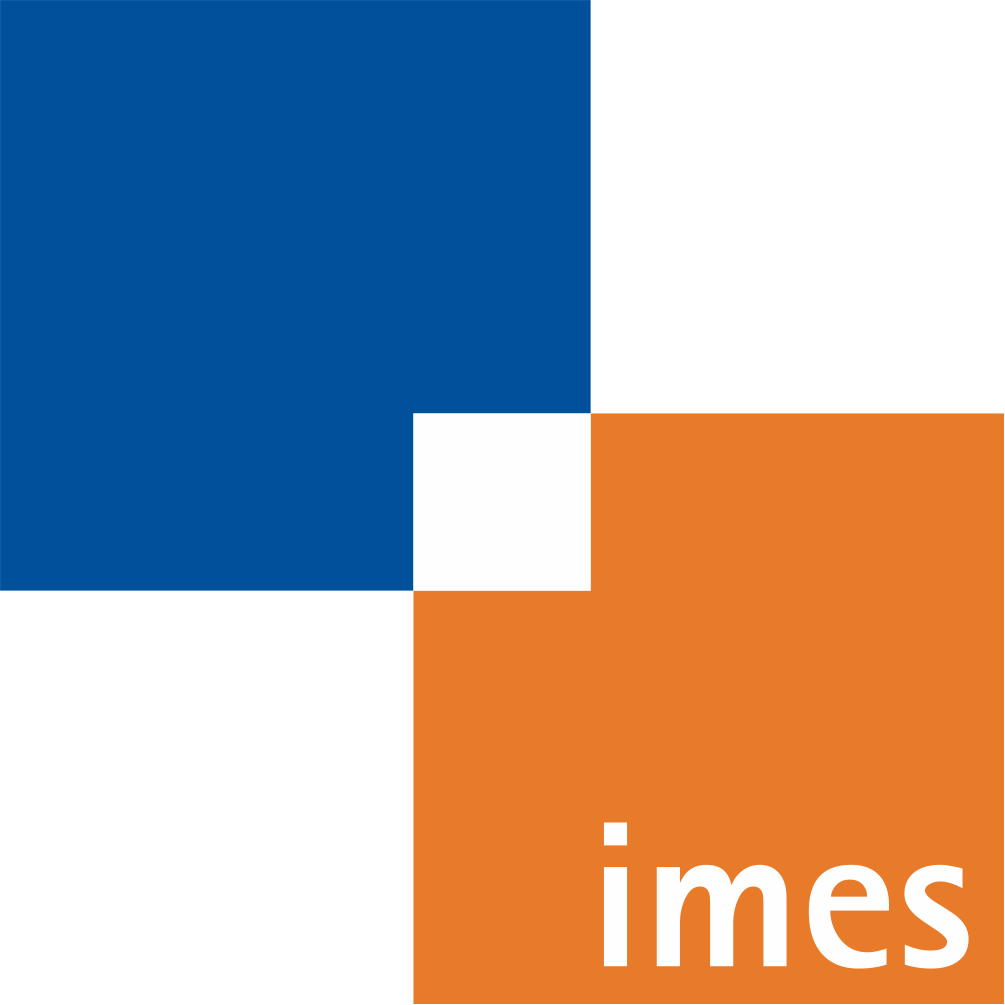On the reduction of vibration of parallel robots using flatness-based control and adaptive inputshaping
- verfasst von
- Julian Oltjen, Jens Kotlarski, Tobias Ortmaier
- Abstract
This paper presents new comparative results from two advanced feedforward control methods for rapid movements of parallel robots with minimum vibration, in terms of their practical application. First, a flatness-based approach is described, to generate system-specific motion profiles and computed torque for nonlinear, mechanically coupled multi-body systems. Hereby, vibration related system properties as joint elasticity and friction, as well as the complete dynamics model, including centripetal and Coriolis effects, are considered. Besides the model-based trajectory control, an adaptive method for the application of established inputshaping techniques to nonlinear robot systems is proposed. A model of the system's vibration behavior is generated during operation, based on frequency and damping characteristics, derived from internal drive train sensors. The methods are studied by simulations and experiments, exemplary on a planar 3RRR manipulator. The approaches are compared to each other as well as to conventional computed torque, in terms of theoretical performance and path tracing error. Additionally, the robustness w. r. t. the quality of model parameters is studied. Finally, experimental results are presented to verify the theoretical results.
- Organisationseinheit(en)
-
Institut für Mechatronische Systeme
- Typ
- Aufsatz in Konferenzband
- Seiten
- 695-702
- Anzahl der Seiten
- 8
- Publikationsdatum
- 26.09.2016
- Publikationsstatus
- Veröffentlicht
- Peer-reviewed
- Ja
- ASJC Scopus Sachgebiete
- Elektrotechnik und Elektronik, Steuerungs- und Systemtechnik, Angewandte Informatik, Software
- Elektronische Version(en)
-
https://doi.org/10.1109/aim.2016.7576849 (Zugang:
Geschlossen)
